The Balanced Scorecard has well-known implementation problems
There has been much criticism of the Balanced Scorecard by organizations that have attempted to implement it. They hoped to quickly manifest a meaningful suite of KPI that has everyone focusing on what matters most in fulfilling the mission, vision, and goals. But did not.
Implementers of the Balanced Scorecard find they end up with too many performance metrics in the tangible parts of their scorecard, not enough performance metrics in less tangible parts of their scorecard, and altogether not measuring meaningful results. Why does this happen?

There has been much criticism of the Balanced Scorecard by organizations
The Balanced Scorecard does not put enough emphasis on results versus strategies
The primary building blocks of the Balanced Scorecard are:
- It is four perspectives of financial, customer, internal business process, and learning and growth.
- The strategies that populate and link through each perspective.
- The measures that link to each strategy.
Most people express their strategies as vague, jargon rich actions, and struggle to tease out the specific and tangible results implied by these strategies. So, they measure what is easy to measure: progress against planned activity, the reaching of milestones and whatever else they have data for. The performance indicators focus on activities like “develop target markets” and “upgrade staff competencies”, not outcomes.
The Balanced Scorecard does not offer the steps to measure design
Bordering on prescriptive, the Balanced Scorecard literature offers ideas for measures to use, for specific strategies typical of each of the four perspectives. Functionality. Brand Image. Relationship.
But these terms mean such different things to different organizations and people, so to measure them meaningfully takes more thought than brainstorming or copying from a book. It takes a thinking process that extends from an intimate understanding of the result that needs measuring, and this often requires climbing out of mental ruts like “this isn’t measurable” and “we don’t have the data”.
The Balanced Scorecard does not show the process of measure implementation
Populating a balanced scorecard with measures assumes that the populating process is obvious and straightforward. Select some HR KPIs, Marketing KPIs, CRM KPIs, Call Center KPIs, or IT KPIs, then give the IT department the brief to report them. “Add customer retention to the scorecard, thanks!” is just too brief.
You cannot ignore the many details that can (and do) make the difference between measuring what’s easiest versus measuring what was meant to be measured. There are many subtleties to measuring something like customer retention, which need to be drawn out into a full definition, from which the measure can successfully be brought to life.
So is the Balanced Scorecard all bad?
No, the Balanced Scorecard is not all bad – it will go down in history as the serious beginning of non-financial performance measurement in the corporate world. And its heart is really the roadmap for linking what happens from day to day in a corporation to its strategic, longer term direction, through deliberate conversation about strategy design. But it is not about performance measure design and implementation.
It is just not specific enough to stand alone as a performance measurement tool. To select truly meaningful measures for your scorecard – beyond the traditional profit, customer satisfaction and employee turnover – you need to learn a way of thinking about measurement that Kaplan and Norton did not address. To make your scorecard a success, couple the strategic design and translation power of the Balanced Scorecard, with a deliberate performance measurement process like PuMP.
Source: Kpilibrary









.jpg)
.jpg)
